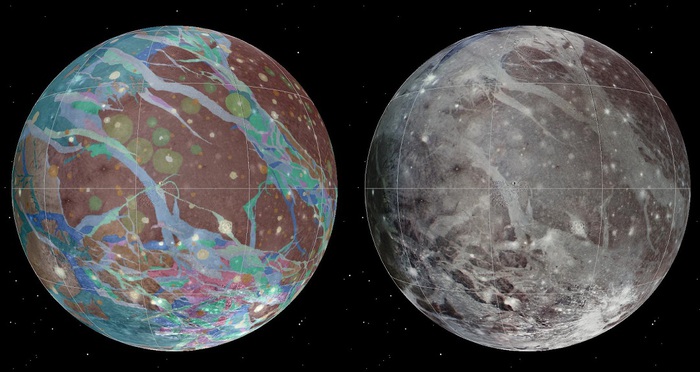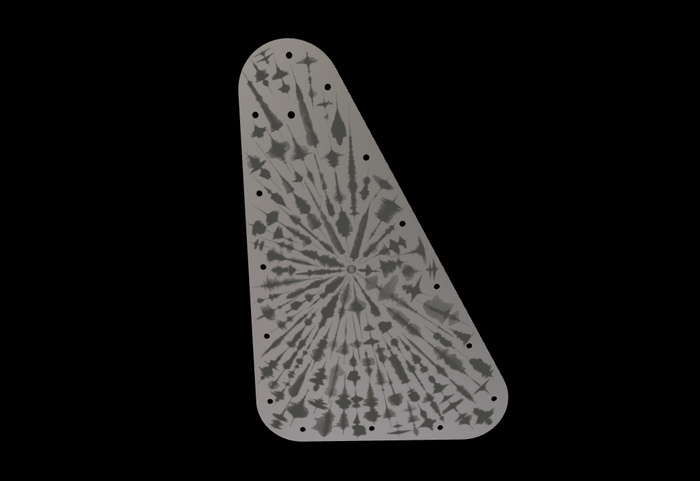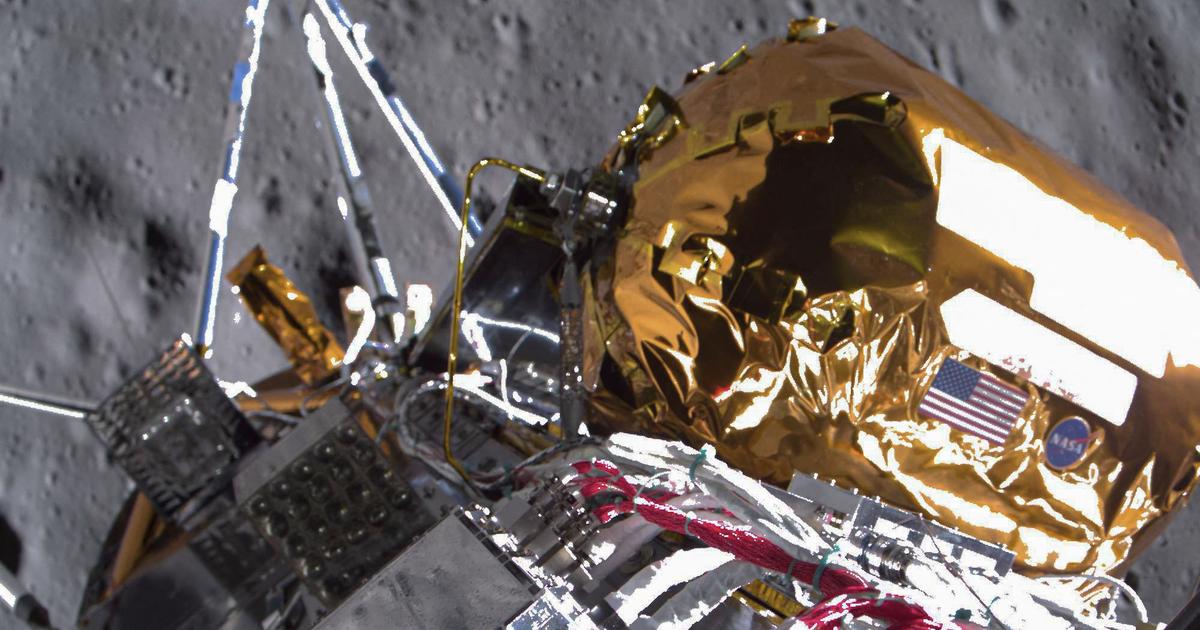Double historic appointment in sight for NASA's Juno probe, with two close encounters with Jupiter and its largest moon, Ganymede, which is also the largest in the Solar System. On Monday 7 June, when in Italy it will be 19:35, Juno will fly over Ganymede passing at a distance of 1,038 kilometers, the closest since the flight of the Galileo probe in May 2000. Less than 24 hours away, Juno will also fly over the clouds of Jupiter, passing at a speed of 58 kilometers per second. A great opportunity to collect useful information for the next missions in the Jovian system: Europa Clipper from NASA and Juice from the European Space Agency (ESA).
Launched on August 5, 2011, the Juno probe (JUpiterNear-polarOrbiter) was built by NASA's Jet Propulsion Laboratory (Jpl): with a lot of Italian technology on board, it traveled for five years to enter orbit around Jupiter and reveal its secrets . Never satisfied with breathtaking images and scientific data, now it is preparing to 'touch' Ganymede, which in addition to being larger than Mercury, is also the only moon in the Solar System with a magnetosphere, or a sort of shield formed by charged particles .
"Juno brings a series of sensitive instruments capable of observing Ganymede in a way that has never been possible before," explains mission scientist Scott Bolton of the Southwest Research Institute in San Antonio. Juno's instruments (such as Jiram, the Italian Space Agency's spectrometer used under the scientific responsibility of the National Institute of Astrophysics) will begin collecting data as early as three hours before the close encounter: the goal is to study the satellite's icy crust. , obtaining information about the composition and temperature.
“As Juno passes behind Ganymede - explains Jpl engineer Dustin Buccino - his radio signals will cross the ionosphere, causing small frequency changes that should be detected by two antennas of the Canberra Deep Space Communication Complex in Australia.
If we are able to measure these variations, we will be able to understand the link between the ionosphere of Ganymede, its intrinsic magnetic field and the magnetosphere of Jupiter ”.
Juno will fly over at a speed of 19 kilometers per second, which will take about 25 minutes, which is enough to take five images with the JunoCam.
"Things happen pretty quickly in the flyby world - explains mission manager Matt Johnson of JPL - and we're about to have two: that's why every second will be important".








